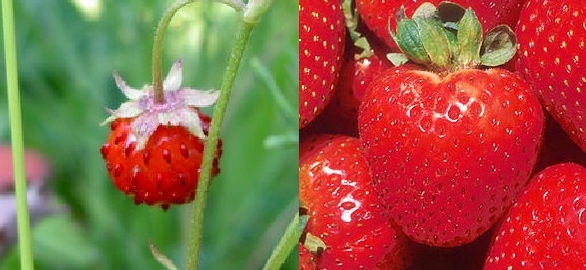MAT_kinase has sparked an interesting discussion about the associations people have with corn of different colors. I’d previously heard that yellow corn (where pre-vitamin A carotenoids are produced in the kernels) isn’t popular in Africa, with the reason usually being given as its association with American food aid.* If yellow corn comes predominantely from food aid, it eventually becomes associated with being poor and/or starving, so that when people have a choice they eat other varieties of corn. I can’t find where I read it, but I vividly remember reading an interview with a woman who talked about the shame of eating yellow food-aid corn, knowing that it had originally been intended to feed livestock in the US, not people.
MAT points out another more pragmatic reason yellow corn may not be favored in Africa that I hadn’t heard of before. Apparently the extra carotenoids make yellow corn more susceptiable to spoilage than white corn varieties, a very pertenent issue in areas without access to the kinds of storage facilities we take for granted in American agriculture.
Jeremy at the Agricultural Biodiversity Weblog picked up the torch, highlighting a number of their own previous posts relevant to the discussion, including one by fellow blogger Luigi that relates the reaction of his own wife, originally from Kenya, on ordering polenta** at a restuarant and receiving a yellow dish.
Fortunately breeds of corn that contain even more beta carotene (the carotenoid most easily converted into vitamin A by our bodies) aren’t even yellow all the time. Although I wasn’t able to find a freely available picture, sometimes they’re ORANGE.*** While it turns out the correlation between color and beta carotene content isn’t perfect****, there’s still reason to hope varieties bred for the highest pre-vitamin A content will end up a striking orange color. For a visual examples of how orange corn can get, check out check out Dr. Rocheford’s lab website.
Will the distinction between orange and yellow***** be enough to get over the Africa’s lack of enthusiasm for yellow corn? Will the benefits of a diet with more vitamin A be enough to outweight the issues with yellow corn going “off” if stored improperly? I certainly hope the answers to both these questions are yes, but we won’t know for sure until we try. And there are some hopeful signs. For example this segment in a story from NPR: (more…)
